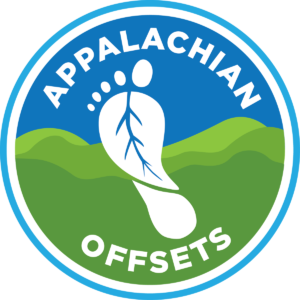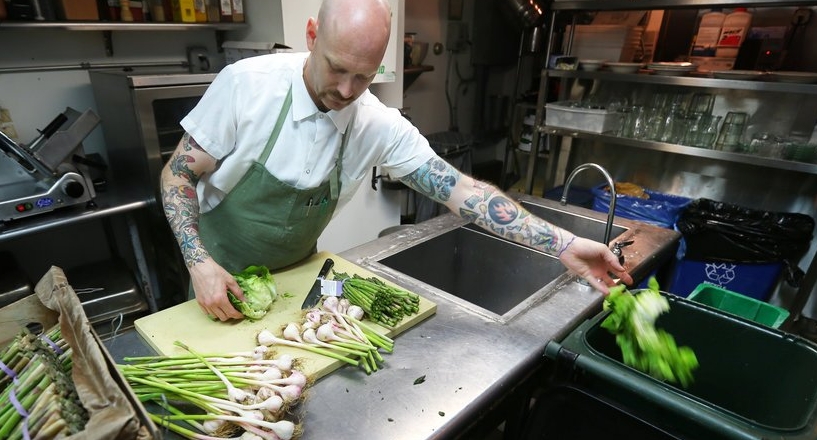An increasing number of Western North Carolina businesses are doing the right thing for their business and the planet by making moves toward carbon neutrality.

As a resource to all community members interested in having a smaller footprint, the Asheville-based nonprofit Green Built Alliance routinely collaborates with businesses around town to educate them on ways they can save resources and reduce their carbon emissions.
Through its Appalachian Offsets local carbon-offsetting program, the nonprofit launched a campaign this spring to educate and encourage local businesses to reduce their emissions first and then offset the rest.
Here are several key actions businesses can take:
- Reduce energy use. For most businesses, energy use is the main contributor to carbon footprint, often accounting for as much as 50 percent of emissions. Get the best bang for your buck through efficiency in key areas:
- Lighting: Install energy-efficient lighting such as LEDs, and make sure lights are off when out of use either manually or buy using automatic sensors.
- Office equipment: When not in use, turn off equipment manually or use automatic power shutdown systems.
- Heating/cooling: Add more insulation, do regular maintenance on heating and cooling appliances, insulate hot water tanks and piping, invest in energy-efficient systems, and use a programmable thermostat.
- Recycle packaging and compost grains to reduce waste sent to the landfill. Landfill waste produces methane, a greenhouse gas. Take time to develop a company waste-reduction plan and try to phase out single-use plastics.
- Minimize air travel and shipment. On our carbon tab, air travel adds up quickly. Ship products by ground transit when possible.
- Reduce fuel use. Consider ways to cut back whether by improving the efficiency of your distribution or encouraging employees to commute via bus, bike or ridesharing.
- Prioritize sustainable procurement. A significant chunk of a business’ carbon emissions is embedded in the supply chain. Where do your materials come from? Buy local when possible. What are they made of? Opt for recycled or recyclable packaging and other materials whenever possible.
- Offset. Green Built Alliance administers the local Appalachian Offsets program, which is unique from other carbon-offset initiatives because all contributions stay in Western North Carolina to directly support our local community. Appalachian Offsets’ current fundraising project will install a $1.1 million solar system on Isaac Dickson Elementary in Asheville and help bring to fruition the new building’s design as one of North Carolina’s first Net-Zero Energy schools.

To learn more about donating or set up an informational meeting with your organization, connect with Appalachian Offsets at cutmycarbon.org.
Cari Barcas is community engagement director at Green Built Alliance. She has more than a decade of experience in communications and nonprofit management, including time reporting on the green building scene in Chicago as a journalist covering residential and commercial real estate. Connect with Cari at Cari@greenbuilt.org.
You can also view this article as it was originally published on page 77 of the 2018-2019 edition of the directory.

